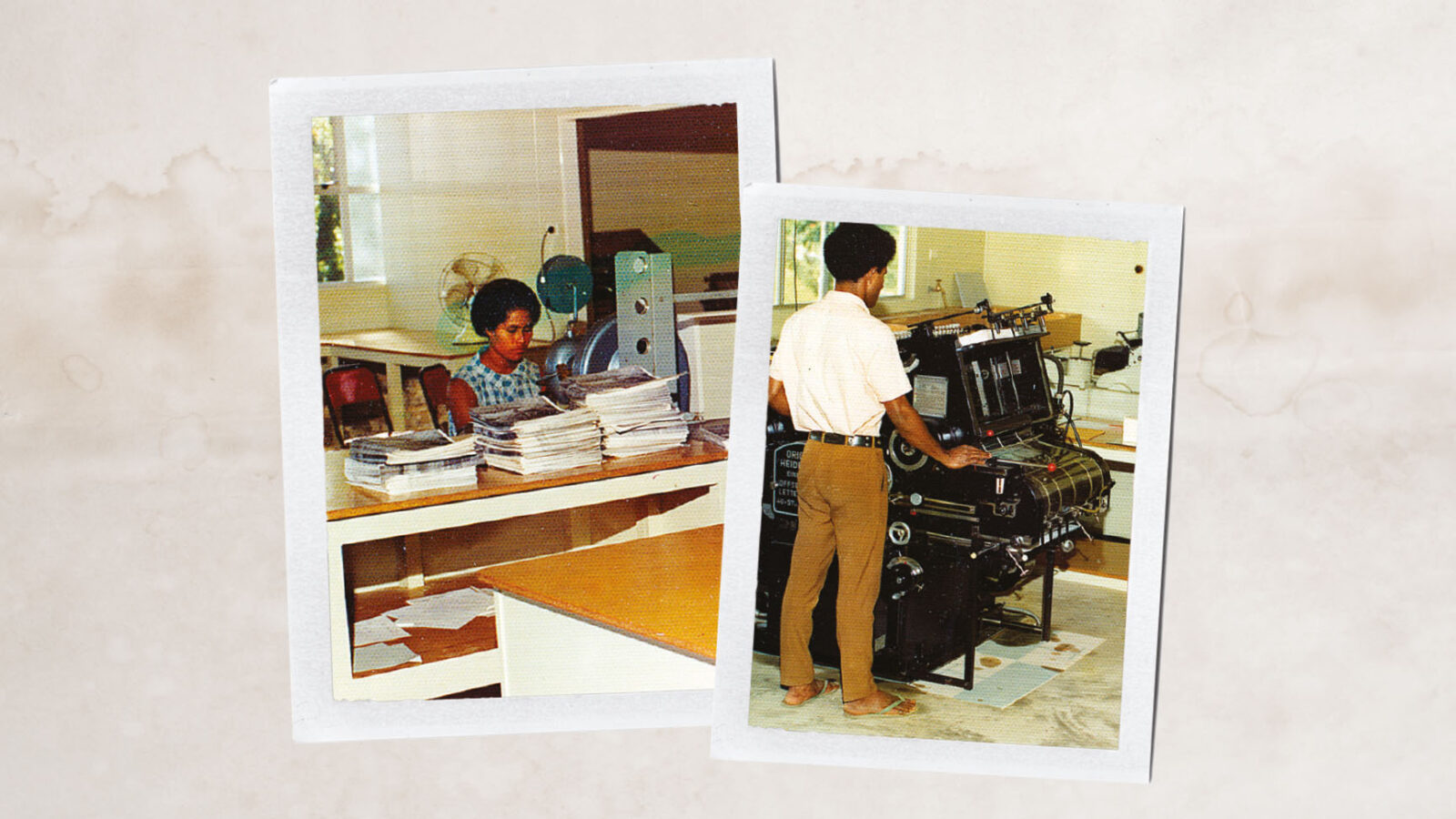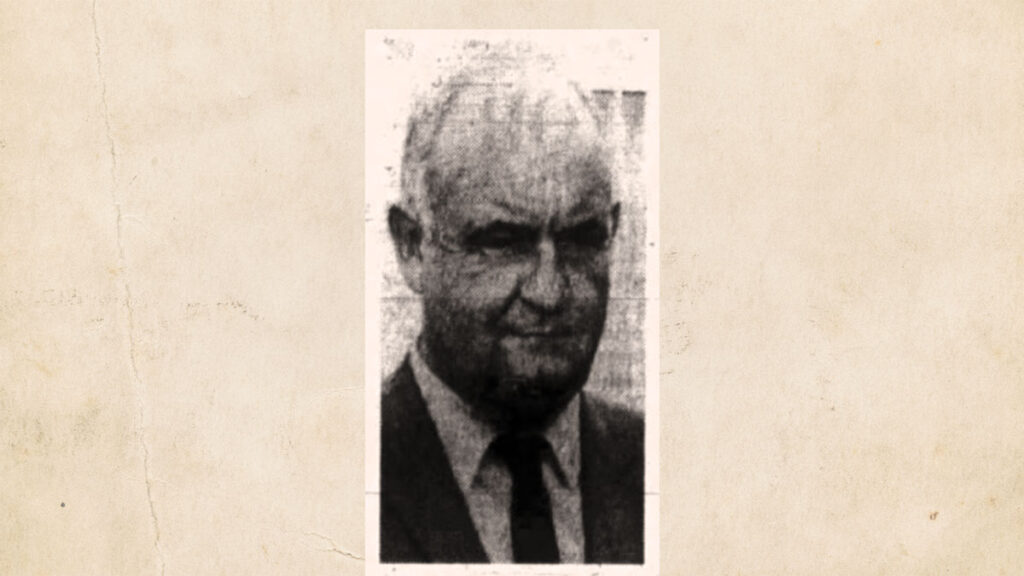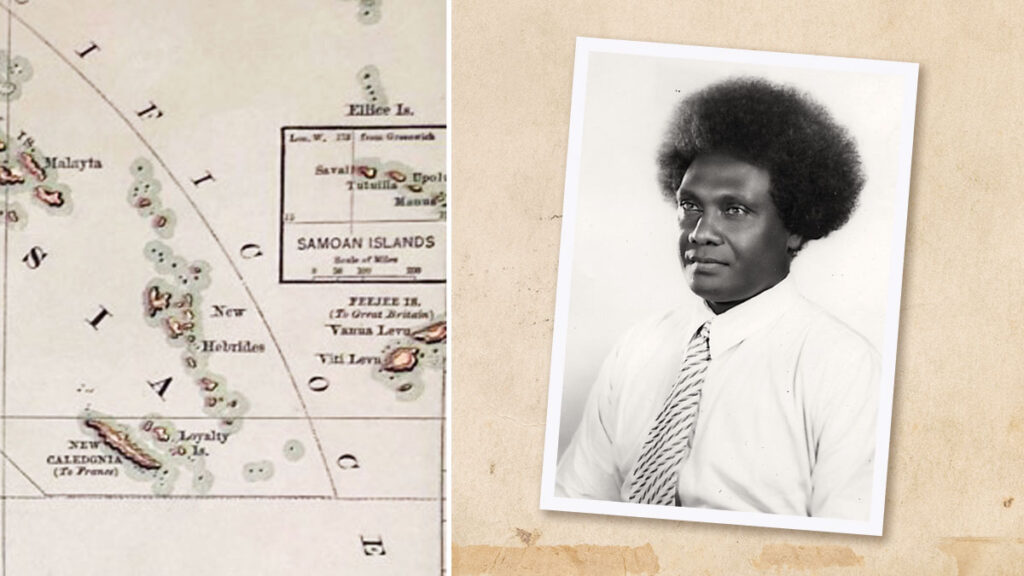Rarama Publishing House operated in Suva, Fiji, between 1969 and 1981. Throughout its history, the institution was interchangeably referred to as Rarama Press, Rarama Publishing House and Trans-Pacific Publishers.
Rarama Publishing House was the vision of Barry and Norma Crabtree. Pastor Crabtree was the president of the Fiji Mission between 1966 and 1969. Early attempts to establish a printing facility in Fiji in the years before the 1960s were unsuccessful due largely to the complexity of setting type by hand among untrained personnel. While on furlough in 1965, the Crabtrees were given a Multilith offset press, IBM electric typewriters and other graphics arts equipment for the purpose of setting up a press in Fiji. These gifts were installed in basement rooms under the meeting hall on the Suva Mission compound.
Roger and Pamela Stokes were appointed to Suva in August 1966 as the district director. Crabtree asked Stokes to see if something could be made of the equipment that had been installed in the basement rooms. By the end of that year, Stokes had the press operational and a Fulton graduate, Losana, was employed by the Mission to commence setting type in Fijian on the electric typewriters. Losana was taught to justify type and in 1967 the first edition of Rarama (meaning “light” in Fijian) was printed. Losana was the first of many local staff who were trained by Stokes in the many facets of offset printing despite the fact that he himself had no formal training in either the graphic arts or offset printing.
The infant press immediately started printing the Sabbath school lessons as well as Rarama and other material, all in Fijian. Offset printing had made possible what had been extremely difficult using the letterpress technology of previous eras.
Suva, Fiji, was also the home of the Central Pacific Union Mission and the Mission presidents within that Union took a great interest in the now operational press. The dream of printed material not only in Fijian, but Samoan, Tongan, Cook Island Maori and the other languages also became a vision of these Mission presidents. Consequently, in 1969 the Rarama Press became a Central Pacific Union institution with Stokes as manager. Its charter required it to print in all the languages within the Union Mission.
This operational development saw the Union Mission provide funds to purchase additional equipment. A larger Heidelberg offset press was added and became the main production unit. Ancillary equipment such as a paper slicer, a folder, IBM composers and sundry graphic arts equipment made possible a much greater vision for a greatly expanded publishing program in the local languages within the Pacific.
By 1973, lack of space was making it extremely difficult to expand the program. While additional basement rooms and the old Mission office were occupied by the press, it was evident a new building was necessary. Funds were added to the Union budget, the Fiji Mission made land available at their Suvavou headquarters, and by December 1975 the publishing operation was housed in a purpose-built two-storey building. The new building was opened by the governor general of Fiji, Ratu Sir George Cakobau, with full Fijian honours.
In 1976, Headley and Judy Anderson from the Signs Publishing Company in Australia joined the press staff with the aim of giving more specialised training to local Fijian staff. By this time, the press had been printing the Sabbath school lessons in simple English and these lessons were being distributed across the three union missions of the Australasian Division. Simple English copy for these lessons had been prepared each quarter by Pamela Stokes, many years before the General Conference undertook this task. An important element of the publishing program, the production of these lessons led to the development of simple English books that could be sold by colporteurs throughout the union missions.
During its lifetime, Rarama Press, which was re-named Trans-Pacific Publishers, printed material in 13 different languages. Setting type in all these languages was a challenge.
In 1981, the Australasian Division, the Central Pacific Union Mission and the Signs Publishing Company reviewed the developing book publishing program with a view to expanding the number of literature evangelists across the three union missions of the Division. As a result, Trans-Pacific Publishers was merged with Signs Publishing Company in Australia. It ceased operation in July 1981 and most of the equipment was moved to the Signs Publishing Company in Australia.
The information in this article comes from old Record articles and the personal knowledge and experience of the author as manager of Rarama Publishing House between 1969 and 1981. Sourced from the Encyclopedia of Seventh-day Adventists (ESDA). Visit encyclopedia.adventist.org.






